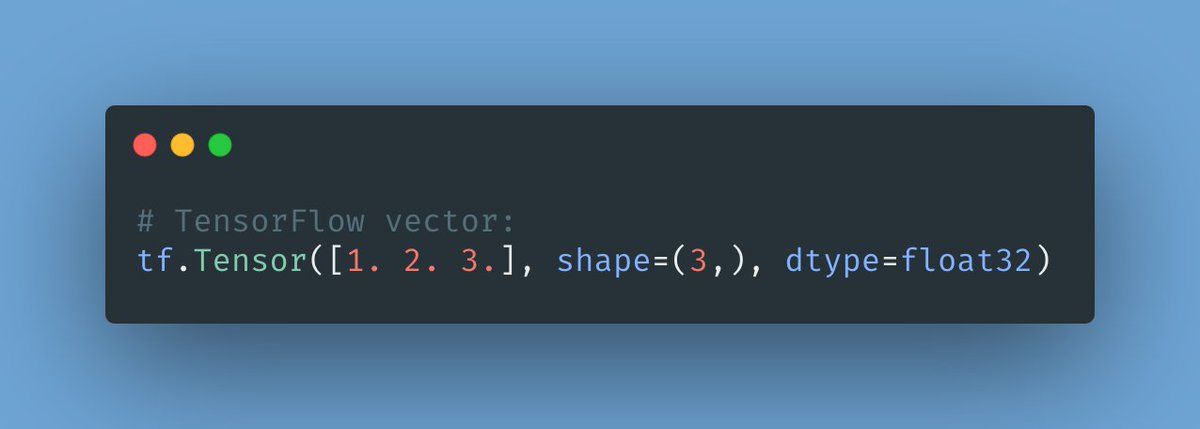
The backbone of my end-to-end machine learning setup:
• A 48-page Field Notes
• Python
• NumPy, Pandas, Matplotlib, OpenCV
• Scikit-Learn, XGBoost
• TensorFlow
• Google Colab, Jupyter, VSCode
• Docker, Flask
• AWS SageMaker
• A 48-page Field Notes
• Python
• NumPy, Pandas, Matplotlib, OpenCV
• Scikit-Learn, XGBoost
• TensorFlow
• Google Colab, Jupyter, VSCode
• Docker, Flask
• AWS SageMaker
I personally don't use C/C++.
That doesn't mean it's not useful. I know plenty of people in the industry that rely on C/C++ to do their work.
It just means that I personally haven't needed it.
That doesn't mean it's not useful. I know plenty of people in the industry that rely on C/C++ to do their work.
It just means that I personally haven't needed it.
https://twitter.com/OtMa94573968/status/1384499190718365700?s=20
There are a lot of satellite tools that I have to use depending on the project. Kinesis, Airflow, SQS... the list is endless.
I just tried to list the core of what I need, and it rarely varies.
I just tried to list the core of what I need, and it rarely varies.
https://twitter.com/sperezlaw/status/1384499852445425666?s=20
Flask is very light compared to Django.
I'm using it to create a thin RESTful API layer around the models.
I'm using it to create a thin RESTful API layer around the models.
https://twitter.com/Ethan_Connelly/status/1384547247933829120?s=20
FastAPI is great too!
I don't use FastAPI instead of Flask because I'm currently reusing existing code that wouldn't make any sense to rewrite.
I don't use FastAPI instead of Flask because I'm currently reusing existing code that wouldn't make any sense to rewrite.
https://twitter.com/imkhubaibraza/status/1384563705959141379?s=20
• • •
Missing some Tweet in this thread? You can try to
force a refresh









